Krishna Tulsi, Tulsi ( Black )
₹300.00 Original price was: ₹300.00.₹250.00Current price is: ₹250.00.
(MRP Inclusive of all taxes)
- Shipping Rs 100 for entire order
- Dispatch in 8-10 days
- Country of origin: India
Description for Krishna Tulsi, Tulsi ( Black )
Tulsi is native to India, where it often graces shrines and homes as an aromatic perennial shrub. Tulsi is grown as an annual herb in temperate climates.
Tulsi is a branched, fragrant and erect herb having hair all over. It attains a height of about 75 to 90 cm when mature. Its leaves are nearly round and up to 5 cm long with the margin being entire or toothed.
Sow seeds in early spring. Grows best in full sun in moderately rich and well-drained soil kept well watered.
Reddish leaves are present so-called Krishna Tulsi. Tulsi flowers are small having purple to reddish color, present in small compact clusters on cylindrical spikes. Stalkless heart-shaped bracts are there at the base of each flower cluster.
Planting and care
Plant care may require a bit of effort, but the results are well worth the work. Not all plants are fragrant, but the most common and hardy do produce a sweet, carrying fragrance.
Common is a vine and has larger glossy green leaves than Royal. Both can survive in temperate climates if they are planted in a sheltered area.
Caring for Krishna Tulsi
- Every leaf has a growth bud, so removing old flower blossoms encourages the plant to make more flowers instead of using the energy to make seeds.
- Clean away from around the base of the rosebushes any trimmed debris that can harbor disease and insects.
Typical uses of Krishna Tulsi
Special features: As a seasoning herb in many vegetable and meat dishes, or as a key ingredient of pesto and other condiments.
Culinary use: It is widely known across the Indian subcontinent as a medicinal plant and a herbal tea.
Ornamental use: The plant is used for an ornamental purpose. The tulsi plant is pleasing to the eye, with an upright, open and branching form. The fragrance of the leaves is also quite attractive-spicy and complex, often resembling clove.
Medicinal use: Tulasi (Sanskrit:-Surasa) has been used for thousands of years in Ayurveda for its diverse healing properties.
Be the first to review “Krishna Tulsi, Tulsi ( Black )” Cancel reply
Related products
Indoor Plants
Air Purifying Plants
Indoor Plants
Indoor Plants
Indoor Foliage Plant
Indoor Foliage Plant
Indoor Foliage Plant
Indoor Herbs & Edibles






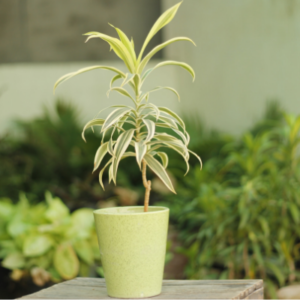
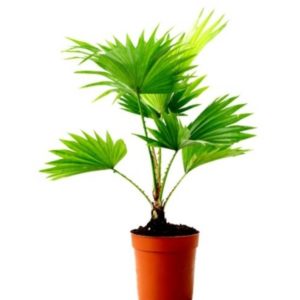
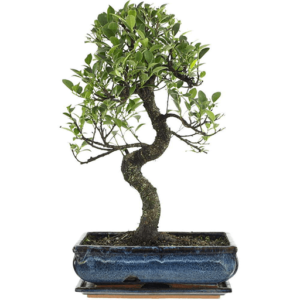

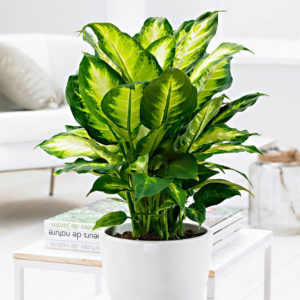
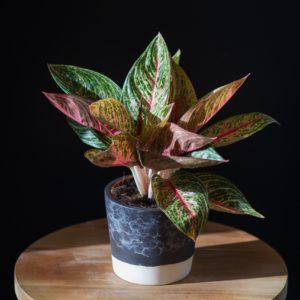

Reviews
There are no reviews yet.